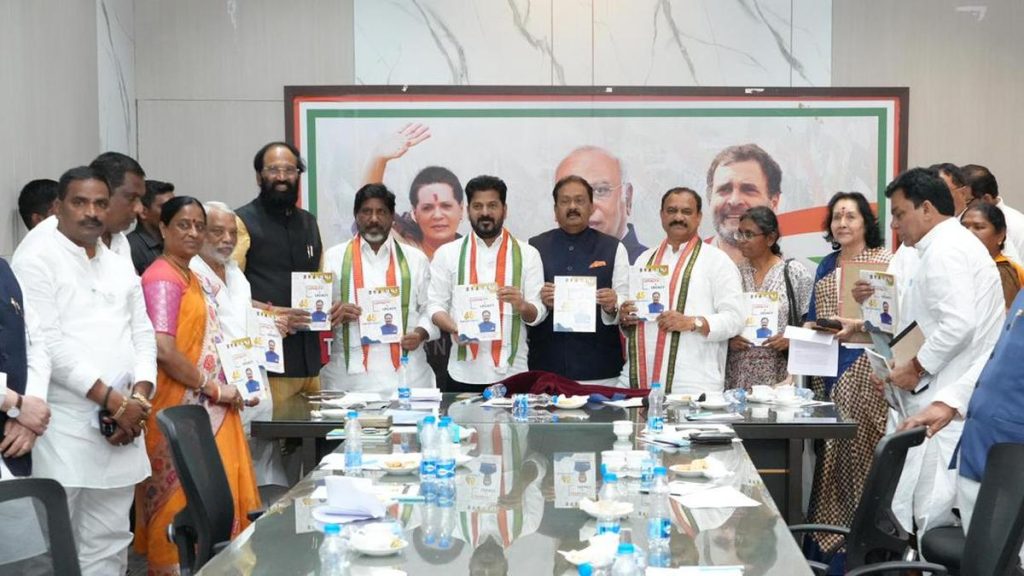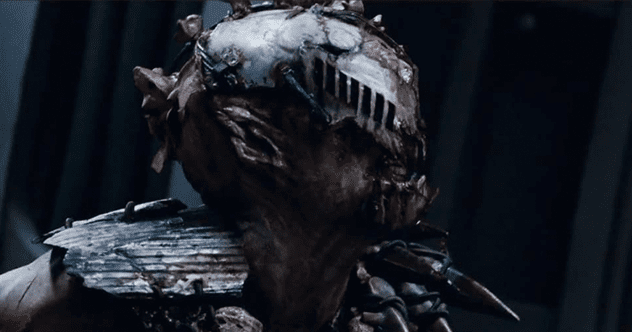Now Reading: 10 Profound Lessons Hidden in ’70s Children’s TV Shows
-
01
10 Profound Lessons Hidden in ’70s Children’s TV Shows
10 Profound Lessons Hidden in ’70s Children’s TV Shows

Quick Summary
- 1970s Kids’ TV Evolution: The 70s introduced children’s TV shows that went beyond entertainment, addressing themes like environmentalism, diversity, and emotional intelligence.
- Notable Shows:
– The Changes (1975): Explored societal breakdown due to rejection of technology.Highlighted themes of dependency on tech.
– Schoolhouse Rock! (1973-1985): Used music and animation to teach civics, grammar, math, immigration laws, and democracy nuances.
– Slim goodbody (1975): Focused on health education with an anatomical suit showcasing body systems in visually engaging formats.
– Zoom (1972-78): A diverse cast emphasized children’s voices through viewer-submitted skits and a collaborative approach.
– The Moast Vital Person (1972-75): Animated shorts tackled emotional intelligence topics like feelings and friendships in preschool-friendly language.- Star Blazers: Introduced anime with mature storytelling about death, sacrifice, and environmental struggles amid a post-apocalyptic setting.
– Big Blue Marble: Fostered global cultural understanding by exploring kids’ lives worldwide via storytelling on diversity & traditions.- Others (Sigmund & the Sea Monsters, New zoo Revue, Captain Kangaroo): incorporated sensitive lessons interwoven within fun approaches involving puppetry or fantasy tales.
Indian Opinion Analysis
Children’s television programming in the west during the ’70s displayed a foresight rarely seen before by integrating significant societal conversations into entertainment for younger audiences. For India-where historically moral lessons were mostly taught through folklore-heavy mediums like Amar Chitra Katha comics or puppet shows-the recognition toward blending deeper contemporary discussions sets inspiration paths boosting edutainment outreach scaling rural reach too Modern channels promoting mixed wholesome storytelling emphasizes reminders global Issues empowering connectivity
























